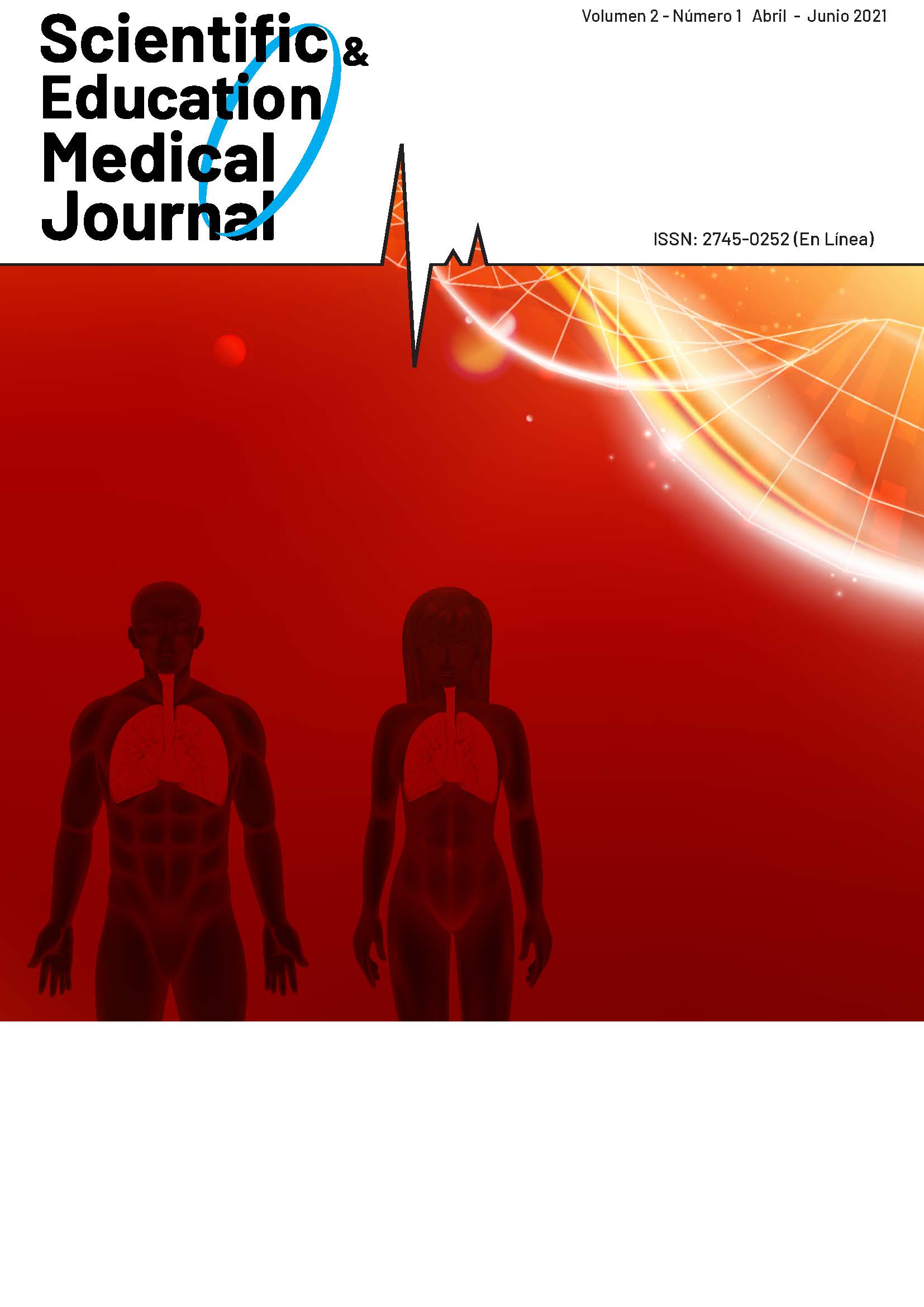Síndrome de Mayer Von Rokitansky Küster Hauser, más que una actualización clínica, diagnóstica y tratamiento quirúrgico asociada a complicaciones anestésicas en el paciente pediátrico
Keywords:
Mayer Von Rokitansky Küster Hauser syndrome, Mullerian duct aplasia, primary amenorrhea, prevalence, genetics, treatment, pneumoperitoneum, complications, anesthesia.Abstract
Mayer Von Rokitansky Küster Hauser syndrome (MRKH) is a congenital syndrome
characterized by abnormalities in the development of the female reproductive tract.
It has an incidence of 1: 4500 women born alive. It can present clinically in two forms:
type I: absence of the upper 2/3 of the vagina, and type II: (MURCS): Mullerian duct
hypoplasia, associated with renal, cardiac, and skeletal abnormalities. It is the second
cause of primary amenorrhea after hypogonadism, so its initial approach is made in
the adolescent›s pediatric consultation. For its correct diagnosis and typing, hormonal
genetic and imaging studies are used. Magnetic Resonance Imaging (MRI) being the Gold
Standard. Its treatment can be surgical and non-surgical. Within the surgical treatment
there are new surgical approach techniques, which in turn have implications derived
from anesthesia in the pediatric patient.
This syndrome has medical, psychological, and social implications in those who suffer
from it and in their family, so a multidisciplinary medical team must always be counted
on, this will allow to provide comprehensive and quality management.
Downloads
Published
How to Cite
Issue
Section
License
Atribución – No comercial – Compartir igual: Esta licencia permite a otros distribuir, remezclar, retocar, y crear a partir de tu obra de modo no comercial, siempre y cuando te den crédito y licencien sus nuevas creaciones bajo las mismas condiciones.
Attribution-NonCommercial-ShareAlike 4.0 International


